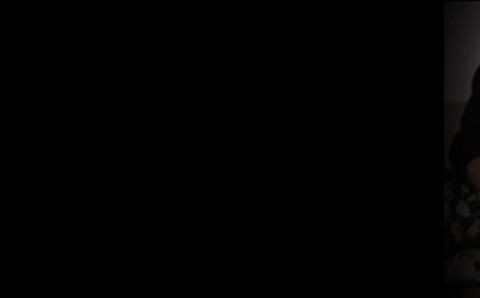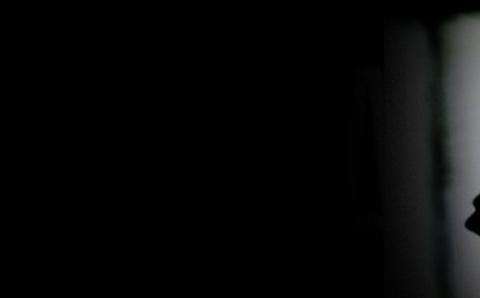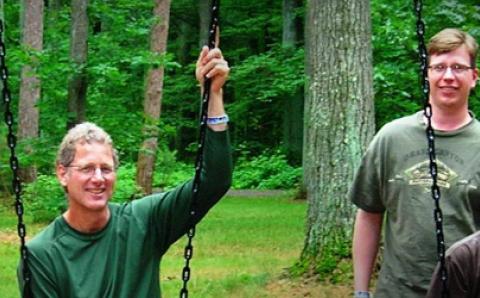A sturdy brick church in my city sports a poster that you probably wouldn’t find in most Christian Reformed churches.
It shows a young woman’s face, her natural beauty tarnished by a streetwise, tired gaze. The poster’s words communicate a painful reality, a truth to sex-trade workers: “It’s not love. You’re being used when you’re trading sex for a place to crash, for food, or for drugs. If you’re under 18, it’s exploitation. It's not a fair trade.”
What makes this church unique? It acknowledges that, though illegal, slavery exists in my city. Through an outreach program to all women, including sex-trade workers, this church is doing its part to address slavery in one of its evil manifestations.
God sees the slaves. Are we willing to see them too?
According to Modern Slavery: The Secret World of 27 Million People by Kevin Bales, Zoe Trodd, and Alex Kent Williamson (Oneworld Publications, 2009), sex-trade workers make up only some of today’s slaves. Who are the others? They include people enslaved in the following economic sectors: domestic service, agriculture, factory work, restaurant/hotel work, and entertainment.
The authors point out that a person is likely to be enslaved if he or she “is not free to change employers; has been assaulted or threatened for refusing to work; has been cheated and forced to pay off ‘debts’ upon arrival in the U.S.; has had his or her passport or other documents taken away; is unable to move freely or is being watched or followed; is rarely allowed to speak freely; lacks the means to support him/herself or control money, in spite of long hours of work; lacks contact with or is isolated from family and friends; has a constant appearance of fear, nervousness, and/or apprehension; has unexplained injuries or is malnourished” (pp. 159-160).
More than likely, there are slaves in your city too. God sees and remembers them, just as he saw and remembered his children in Egypt: “The Israelites groaned in their slavery and cried out, and their cry for help because of their slavery went up to God. God heard their groaning and he remembered his covenant with Abraham, with Isaac and with Jacob. So God looked on the Israelites and was concerned about them” (Ex. 2:23-25).
God sees the slaves. Are we willing to see them too?
The authors of Modern Slavery write, “Slavery often comes to light because a member of the public sees something odd and speaks up” (p. 160). In the eyes of the world, the Christian Reformed Church is a small, insignificant band of people. But we are members of the public, and we have eyes. We can look around us wherever we go, watching for signs of slavery in its various garbs and contacting legal authorities when necessary.
Who knows? God might use us to set his children free!
About the Author
Sonya VanderVeen Feddema is a freelance writer and a member of Covenant CRC in St. Catharines, Ontario.









